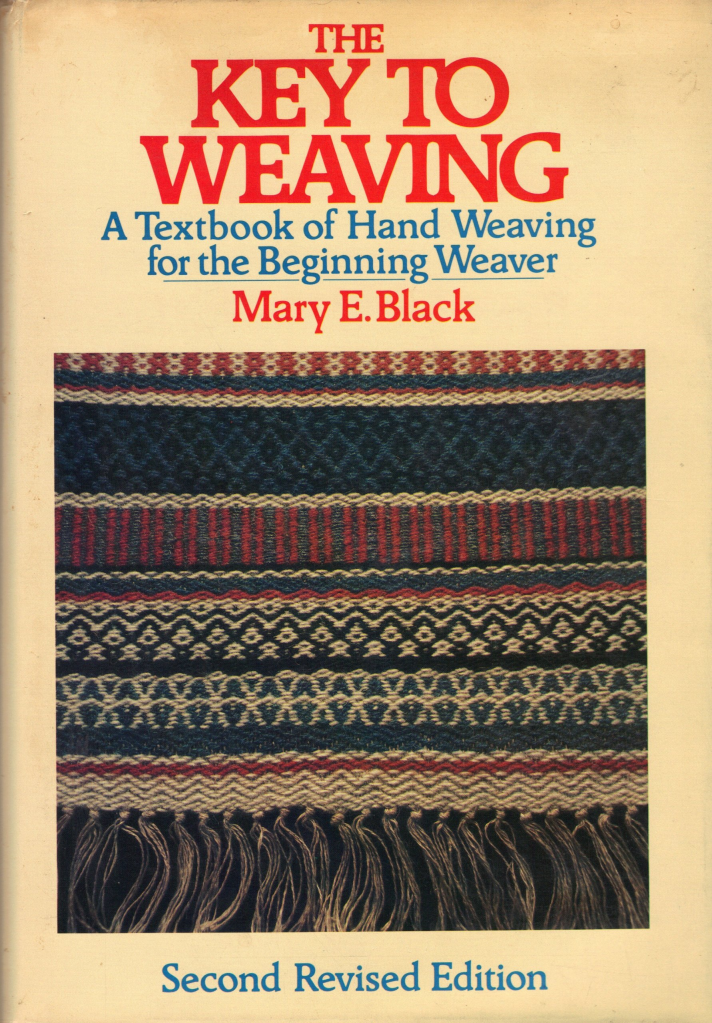Hello all! This month In the Now is covering the work and history of Mary E. Black, an occupational therapist who has made an impact on occupational therapy through her talent in crafts and weaving.
Who is Mary E. Black?
Mary Black was born on September 18, 1895. Interestingly enough, Mary Black did not start off her career as an occupational therapist, she started off as a weaver. From her start at the young age of eight, Mary’s talent in weaving would make a huge impact on her career as an occupational therapist.
Impact on Occupational Therapy
At age 23, Mary became an occupational aide at McGill University in Montreal. She worked specifically in a program for disabled soldiers. After her time there, Mary worked in the Nova Scotia Tuberculosis Sanatorium and then at the Nova Scotia Hospital in Dartmouth. There she taught crafts to veterans who returned from World War I. She would then go on to organize an occupational therapy program not just for soldiers but for civilians as well.
In 1922, she would lecture on psychiatry and crafts at the Massachusetts State Hospital. The year following that she worked at the Traverse City State Hospital where she directed an occupational therapy program for the mentally ill. She would also instruct students in occupational therapy practices.
Another one of her notable achievements in occupational therapy would occur at a hospital in Ypsilanti, Michigan. This was the first hospital on the continent to use occupational and recreational therapy as the primary method of treating the mentally ill. Mary would go on to direct occupational therapy and industrial therapy programs.
While working in the Milwaukee Sanitarium, Mary set up programs for patients. During this time she also began to collect weaving material because her colleague had a patient that wanted to learn how to weave.
Not just a therapist and a weaver but also a volunteer; Mary would come to author several articles as well as join many occupational therapy groups and diverse organizations such as the Canadian Crafts Council, the Zonta Club of Halifax, and the Nova Scotia branch of Canadian Author’s Association.
She would also establish organizations such as the Guild of Canadian Weavers, the Nova Scotia Craftsmen’s Guild, and the Halifax Weavers’ Guild. It is clear that Mary Black’s love of weaving and sharing crafts with others lead her to perform well in occupational therapy.
Nova Scotia Arts and Crafts
Interestingly enough, Mary Black held more titles than just occupational therapist. In 1940 she wanted to travel back to her home in Nova Scotia, Canada. When word reached her about Nova Scotia wanting to revive arts and crafts in their area, Mary immediately became interested and wrote to anyone in the area that could help her proceed with her interests. The Province of Nova Scotia requested that Mary Black come back to the province to organize a handicrafts program. There was a need to get an arts and craft movement going and thus Mary Black was appointed to the title of Supervisor of Handcrafts for the Department of Industry and Publicity in Nova Scotia.
Crafters and artists in rural communities in Nova Scotia were guided by Mary Black to create, market, and develop their work. This program was very beneficial to emerging artists. In her position, Mary organized centers for people to learn weaving, ceramics, and needlework.
Author
Throughout her career, Mary Black authored many publications, some of which include “Weaving for Beginners,” “Handweavers’ Reference”, “The Sett and Weaving of Tartans,” “ and “You Can Weave.” Mary Black co-authored “You Can Weave” with Bessie Murray. With Joyce Chown, Mary would co-author the publications “The Ready Reference Tables,” “Colour Guide for Handweavers” and “Thread Guide for Handweavers.”
However, her most known book is The Key to Weaving. It was published in 1945 and since then has seen 3 editions and more than 100,000 copies of the book sold. It is a prime source of weaving information for those looking for instruction. It was created with the intent of being understandable even by beginners in the craft of weaving.

- A yellow book titled “The Key to Weaving. A Textbook of Hand Weaving for the Beginner Weaver.” By Mary E. Black. The cover features a red, blue, black, and brown rug with a geometric design and log tassels.
Final Notes from the Blog Coordinator
I had such a fun time learning about Mary Black! When I look at her story from weaver to an occupational therapist, I am reminded of something that I learned during my first quarter of grad school: occupational therapy is a mix of art and science. Mary Black is a great example of someone who understood that meaningful activities made a difference in therapy. She worked to incorporate her love of crafts into everything that she did, not only helping soldiers and the mentally ill, but also a whole province of Canada by starting an arts and crafts movement. Mary Black gets to the heart of what makes occupational
References
Mary E. Black. (2021, June 6). In WIkipedia. https://en.wikipedia.org/wiki/Mary_E._Black
Novia Scotia Archives. https://archives.novascotia.ca/black/
MemoryNS. https://memoryns.ca/mary-e-black-fonds


Great Blog post about Mary Black - thank you!